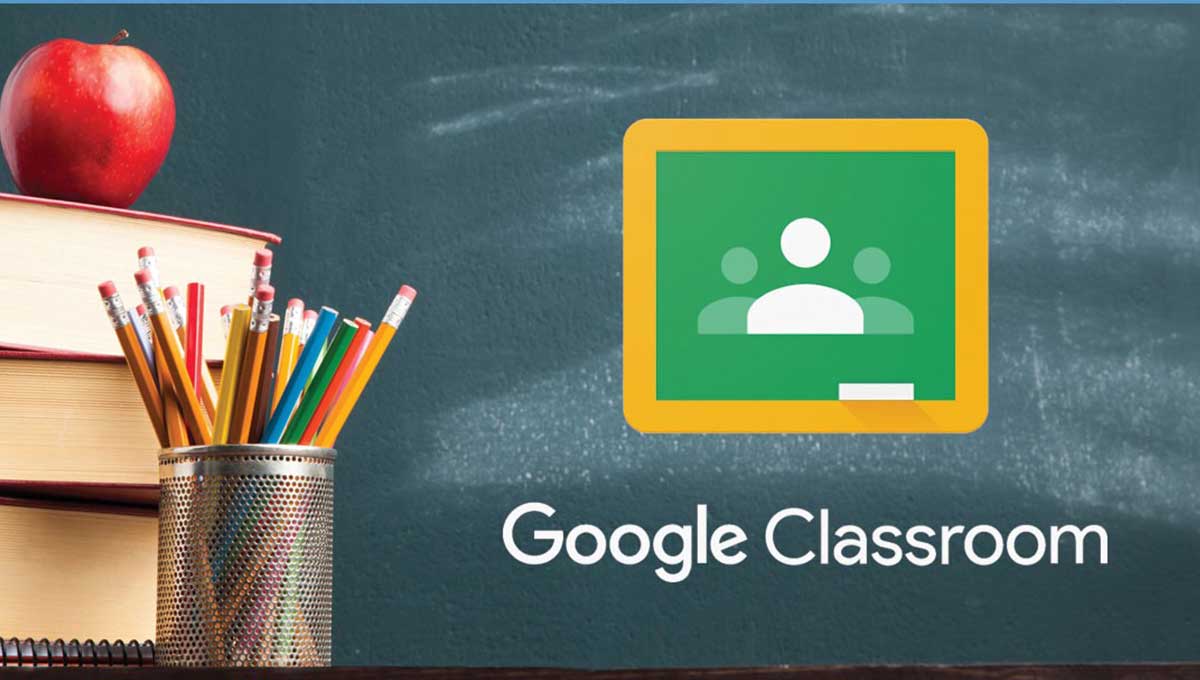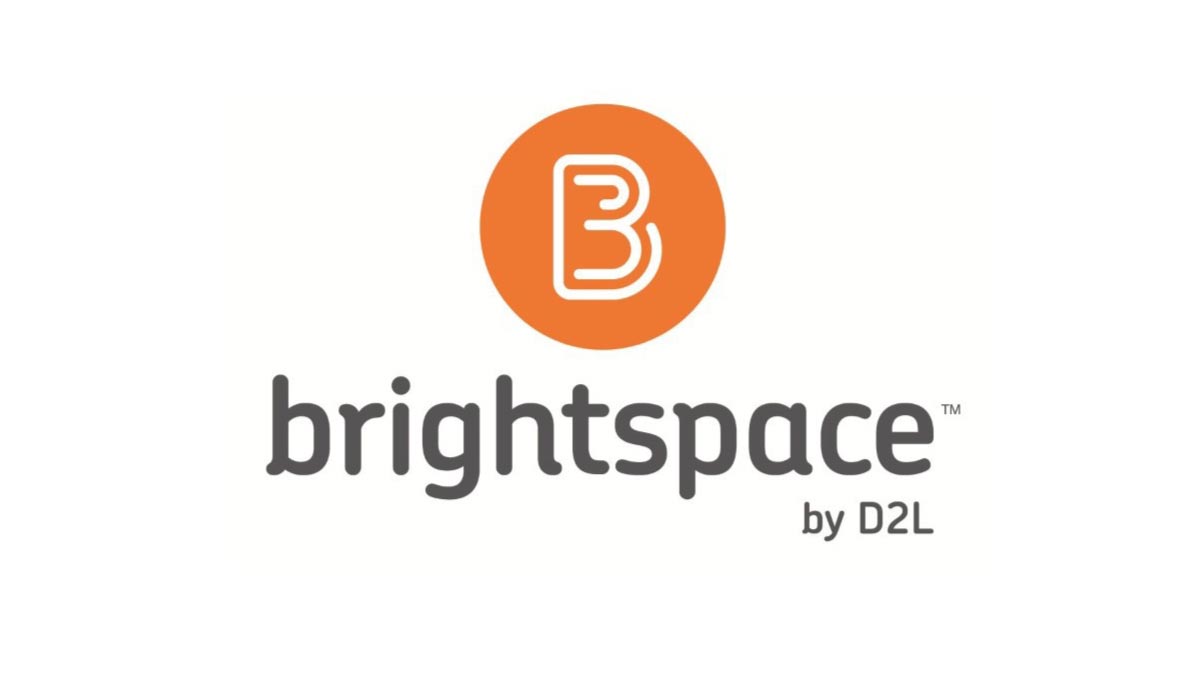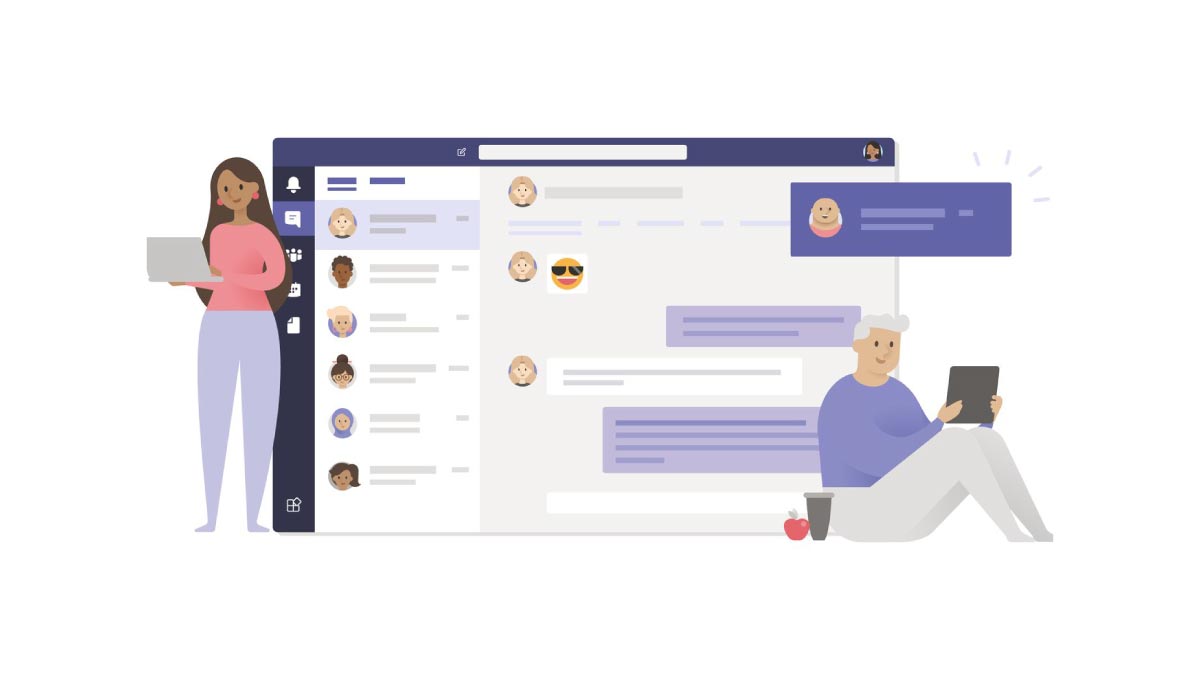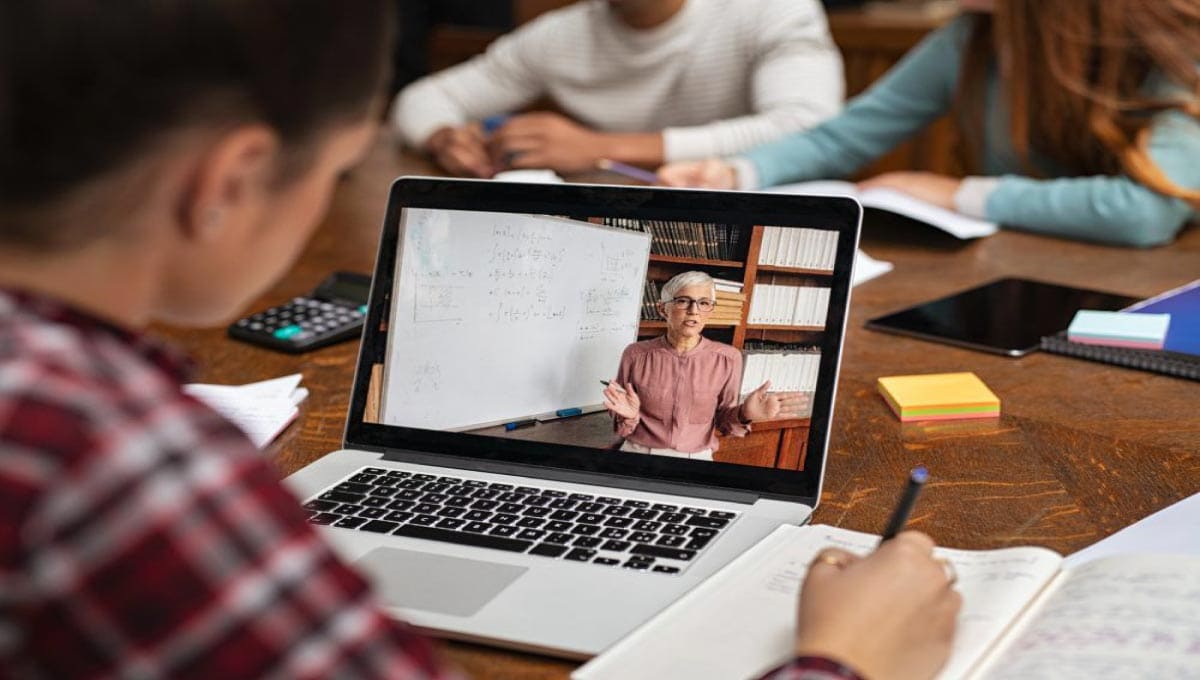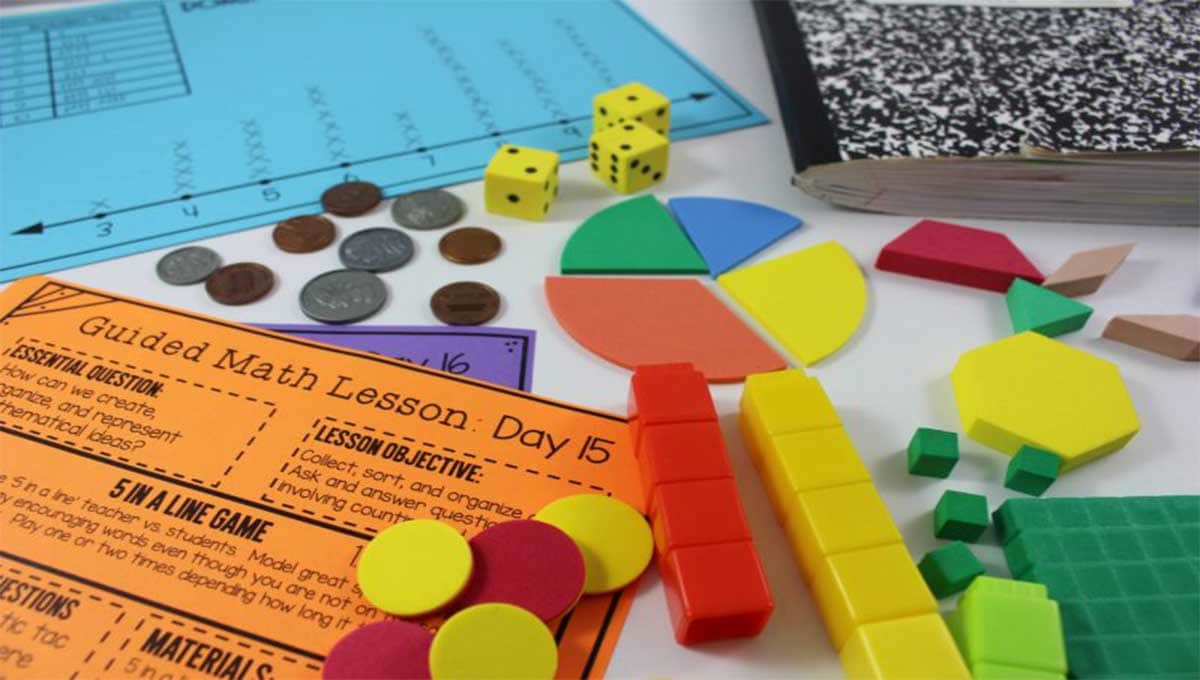If you're a parent of a child who attends one of the 148 catholic school facilities on the Dufferin Peel Catholic District School Board, you might have heard about the new DPCDSB online learning program.
Canadian Covid-restrictions are continuing into the immediate future, and it's important that we find a new way forward as a community.
It's a brave new world out there; online learning isn't as simple as hopping onto a zoom call and teaching children information. With programs like Brightspace, Google Classroom, and Microsoft Teams, eLearning at DPSCDSB is becoming almost just as intricate as in-person learning. On top of this, there are many online math resources, online learning resources, and religious education resources.
If all of these terms are new to you, you've come to the right place. This helpful guide will walk you through all you need to know about DPSDSB's new online learning program.
Google Classroom DPCDSB
Of all of the new learning resources, Google Classroom is perhaps the easiest to understand. Google Classroom is a resource that lets students and teachers interact through Google Docs.
Teachers can make assignments that students can see and complete without the teachers even having to send the assignments to anybody. Think of it as educational social media. Once the teachers post something, the whole class can see it.
Fear not if you have a tough time understanding this. The DPCDSB website provides many helpful resources for parents and students wishing to learn more about Google Classroom.
You may wish to check out:
Brightspace DPCDSB
Brightspace is an online learning platform developed by D2L. Brightspace is an all-encompassing technology, that brings together the experience of teachers, parents, and students. Students can receive and complete assignments, teachers can grade directly on Brightspace, and parents can check on how the children are doing.
Brightspace works across all devices, so even if students, parents, and teachers need to log in on their phones, they'll still be able to engage with the school.
Teachers can create quizzes on Brightspace. Not only do they get to design their questions, but they also get to design the layout of the quiz itself.
For more information, you can read the parent guide to brightspace.
Microsoft Teams DPCDSB
Another program you might have noticed on the DPCDSB dashboard is Microsoft Teams. Microsoft Teams advertises itself as a collaboration platform, and it's easy to see why. It unifies chat, voice, video, and file sharing, to create as realistic of an online workplace as possible.
Much like Slack — which is used for business — people on Microsoft Teams can create work through different channels (which can be public, private, or something in-between). The use of channels allows for unprecedented levels of specificity and efficiency when communicating in the classroom.
How to Access Microsoft Teams and Password Help
Here is the guide on How to Access Microsoft Teams through your DPCDSB login.
This will also give you any password help you need, in case you're confused about how it all connects.
Additional Information from Microsoft Teams
When using something as multi-faceted as Microsoft Teams, netiquette is an important consideration. Since the rise of the COVID-19 pandemic, the barrier between "real life" and the internet has broken down. The internet is a substratum of real-life and has rules that are just as complicated and intricate.
Religious Education Resources K to 8
Online learning is also a wonderful way to incorporate Religious Education. The Religious Education Resources will help you and your child understand all you need to know about the progression of religious education through the grades.
As you'll be able to see by scrolling down through the PDF, each grade offers a new daily prayer, that reflects an increasingly complex and nuanced understanding of God. Each year also comes with new saints to study.
Students will learn to identify different types of spiritualists, reflect on what they can do to live more like the saints and learn about how people of various backgrounds might relate to different saints more closely.
- Kindergarten resources can be found on page 1
- Grade One resources can be found on page 3
- Grade Two resources can be found on page 4
- Grade Three resources can be found on page 5
- Grade Four resources can be found on page 7
- Grade Five resources can be found on page 9
- Grade Six resources can be found on page 12
- Grade Seven resources can be found on page 16
- Grade Eight resources can be found on page 19
Throughout the west, religious education is a dying subject. Online resources will help revive this important type of education.
Online Math Resources for Families
But the resources you can find are not limited to religious education. There are many math resources online as well.
Kindergarten
The Kindergarten Math Resources section is focused on families. This PDF features a plethora of links that you and your child can use to further their education — and to make it fun as well.
The link to "Doing Mathematics with Your Child" will help your child understand why math is important, and how it applies to their everyday life. When a child understands and appreciates a topic, they're more likely to retain it then if it just remains abstract.
Math Storytime will help any story-oriented child understand simple mathematic concepts through stories. The introduction of a narrative can help your child learn.
The PDF contains much more valuable, kid friendly and interactive resources to enjoy.
Primary Grades
The Primary Grades have a massive section of resources available to them. Specificity is extremely important in quality education.
Many of the resources are the same as those for kids in Kindergarten. However, there's also the introduction of Estimation 180, for more advanced students looking to test their minds.
Splat is a program that teaches number sense to slightly older students. It will help any student understand larger whole numbers and fractions.
Junior Grades
Junior students also have a wealth of resources. In addition to all of the resources available to earlier grades, there are also programs designed to help your child through more complex fractions, geometric figures, and reasoning.
FractionTalks helps your child think creatively about fractions so that they don't just learn through rote memorization. Rote memorization might help your child score high on tests for now, but there exists some criticism on whether or not the knowledge gained is permanent or temporary. We highly recommend doing your own research on rote learning. While this method may be beneficial for some children, it may not resonate with others.
Intermediate Grades
The intermediate resources relate to children as they start to wake up to the world around them, and experience all of the social milieus that the 21st century entails.
"Money and Youth" helps students understand how money relates to financial literacy. "Money Laughs" does much of the same, with a distinctly comic bend. "Choose a Path That Includes Math" helps students understand what their future prospects are if they're particularly good at math.
Grades 9 and 10
Teens in grades 9 and 10 have access to a whole new level of Online Math Resources. Programs like Knowledge Hook help them understand mathematical concepts in a deeper way, which helps build a framework for deeper learning.
They also have access to many challenge programs and tutor programs, for all the help they need.
Other Learning Resources
While the main resources boasted on the site are related to Math and Religious education, there are other learning resources on the site as well. Many other subjects go just as deep as Math and Religion.
Online French Resources for FSL Students
In an officially bilingual nation, there's a lot of incentive to learn both national languages. This is why there are resources for FSL students.
Most of the resources — at the primary level — revolve around reading books to students in French. Encountering the language aurally — and through literature — can help students understand French in context.
More advanced students have access to more advanced resources, such as Reading A-Z, and Tumble.
Experiential Learning Websites for Elementary Students
Many people talk about the difference between "book smarts" and "street smarts". This is a very reductive way of thinking, but it is true that students often learn a rigid way of thinking in school. This is why we encourage students to engage in experiential learning as well as more traditional academic forms.
On the experiential learning document, there are many options for students looking to explore different avenues of learning. They can learn about agriculture, scientific modes of thinking, typing skills, coding, and technological tools.
Remote Access to Library eResources and eBooks
If you worried that online learning would keep children away from all of the wonderful resources that a library provides, fear not. DPCDSB has come prepared with library resources and eBooks to provide children with all they need to furnish their learning.
By heading to the board's webpage, selecting your school from the dropdown menu, heading to the "library catalogue" section, selecting the "ebooks" section in the catalogue, and selecting the "download" option, you'll display the book in the vendor's site. From here, you'll just need to click the "borrow" button and sign in, and you'll have a library book checked out.
At Insurdinary, We Have Kids Too!
Here at Insurdinary, we understand just how difficult it is to raise a child in these unprecedented times. However, sticking to old ways of thinking that are not relevant is not the way forward. We need to embrace all of the online learning resources that programs like Google Classroom, Microsoft Teams, and Brightspace have to offer.
If you haven't by now, have an open and honest conversation with your child about the COVID – 19 pandemic. Make sure that they understand just how important their education is to you, and that you're concerned about their education in these times.
While it's tough to ever say students are "excited" about school, it is possible to get students to take an active role in their education. This requires the use of technology, the ingenuity of the teacher, and, most importantly, the support of the parents.
There are already enough concerns out there during the pandemic. We want to make sure that education doesn't end up one of them.
We at Insurdinary are here to help you make only the best financial and insurance-related decisions for both you and your families, now and in years to come. If you ever need anything insurance-related, we have you covered.
DPCDSB Online Learning
We understand why parents might have reservations about online learning. The interaction between teacher and student is one of the most important aspects of education. However, with the new online learning services, DPCDSB is working hard to ensure that teach-student interaction isn't limited, even online.
Now that you understand all of the resources that are available to help your child through these unprecedented times, there's nothing stopping you from helping your child get the education they deserve.
For more information, get a quote with Insurdinary today!

